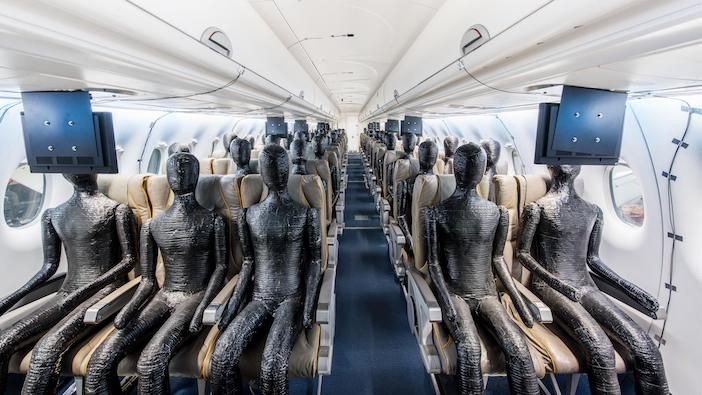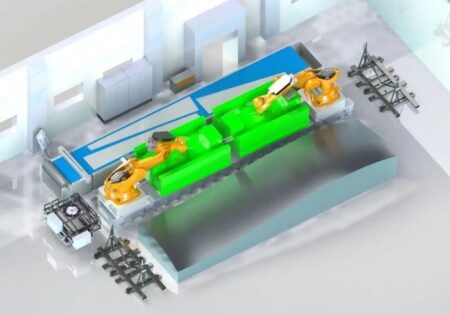Researchers from Germany are to examine the way virus particles spread in the passenger cabins of aircraft and trains using experiments and computer simulations to help fight the Covid-19 pandemic.
The research looking at virus spread in aircraft cabins is soon to start in a new laboratory at the German Aerospace Center (DLR) Institute of Aerodynamics and Flow Technology in Göttingen and is part of an EU project called Advent.
Head of the Institute Andreas Dillmann said, “Up until now, our focus has been on the comfort of passengers and the energy requirements of the air-conditioning system.
“We can now use the scientific tools that we have developed to research the spread of viruses within passenger cabins.”
The tests introduce a sick passenger into a fully occupied area. They then look at how far exhaled particles are distributed.
Computer simulations of a section of the cabin are first run where the sick passenger’s exhalation or coughing pattern is generated using a program that is usually used to simulate cabin airflow. This is supplemented by the addition of aerosol particles, which then atomize and evaporate.
For coughing, the atomization process has clear parallels with the process of fuel injection into an engine, where strong shear forces cause the droplets to disintegrate, said DLR.
The parameters used, such as the exhaled lung volume of around one to 1.5 litres and the size of the droplets, which range from smaller than one micrometre to several hundreds of micrometres, are derived from studies conducted by the FAA.
The computer program calculates the distribution and range of the particles and provides a graphical representation of their propagation.
Rolf Henke, the DLR executive board member responsible for aeronautics research said, “Aircraft cabins are self-contained systems and already have a high level of air quality control. Our research on virus spread in cabins is intended to help protect passengers from infections and find ways of making flying safe in future.”
At the same time, researchers at the generic train laboratory in Göttingen are replicating a similar situation in an experiment. Here, 24 mannequins fitted with sensors serve as the passengers. A ‘sick’ mannequin releases air with added droplets and a tracer gas from its mouth area. High-speed cameras and gas sensors track the spread of the particles within the cabin. The particles and their concentration are recorded at various points within the space.
The DLR researchers in Göttingen are investigating the spread of physical particles that are analogous to virus-laden droplets. Meanwhile, researchers elsewhere including at the DLR Institute of Aerospace Medicine in Cologne, are studying the infectiousness of the droplets and the effect of aircraft air filters.
Preliminary results from the recently initiated research studies are expected in the coming weeks. However, some of the experiments are set to continue for months. All of the findings will be published and made available to partners in industry, said DLR.





